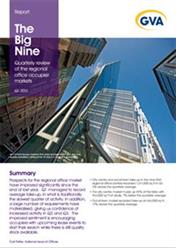Cost Model: Sporting Venues, January 2012
Major sporting events occur across the globe on an annual basis (Summer Olympics, Winter Olympics, Commonwealth Games, Pan American Games, FIFA World Cup, IAAF World Championships, etc.) which bring with them significant benefits, but do these benefits justify the cost? Do major event organisers still believe they must provide iconic venues and facilities and will these permanent venues necessarily provide the lasting legacy required? The eyes of the world will be watching — and event organizers must ask themselves if they want to be remembered for iconic facilities, such as the Bird’s Nest, or for potentially failing buildings as were seen in some recent events? Alternatively, can a temporary venue provide a better solution, or do they represent a false economy? Is there more to a temporary venue than meets the eye?
Construction works for major events represent significant capital expenditures, which are primarily funded by governments. For example, the total expected government costs for the London and Rio Games are approximately £8 billion and £9 billion, respectively. The pressure is on to reduce the capital expenditure given the current economic climate. Recently, the 2013 Mediterranean Games were awarded to Mersin, Turkey, as a result of the financial crisis in Greece. Tarragona, Spain, the host for the 2017 edition, has already indicated significant investment cuts given the current austerity measures in the country. One option is to incorporate the use of temporary venues — a strategy already adopted by London 2012 and Rio 2016.
Return to top ↑

